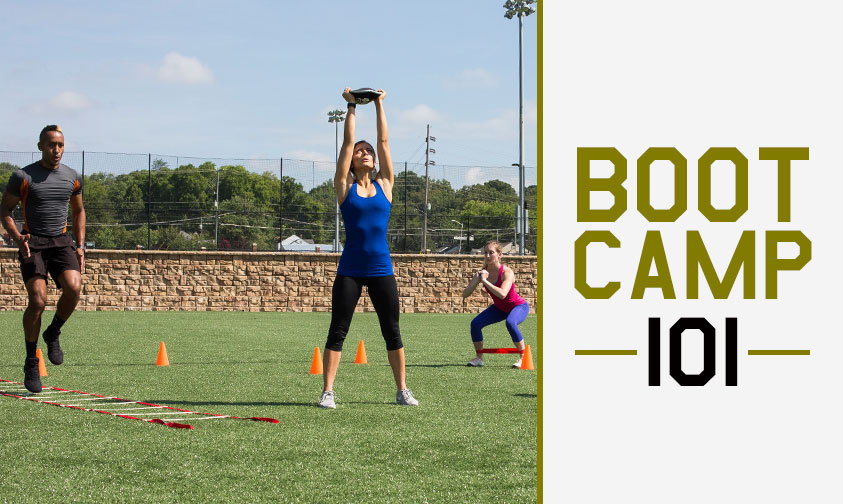Boot Camps are popping up everywhere these days. So far this summer you might have seen or attended a Bridal Boot Camp, a Bikini Boot Camp, or a Beach Bod Boot Camp. Or maybe you are thinking of starting a Boot Camp of your own. If that’s the case, here are a few things to keep in mind:
- Choose a time slot that will appeal to the largest number of people. As you might have noticed, during the week early mornings and after work hours are the busiest times for workouts. A lunchtime boot camp can be successful if kept to 25-30 minutes. Saturday mornings are great because most people are off on the weekends and won’t have the “I got stuck at work” excuse.
- Consider alternatives names to “Boot Camp” as that might be intimidating for some. Changing a few words might appeal to more people, i.e. “Transformation Training Camp” or a 2-week “Mini Camp”. Brainstorm on some buzz words that will describe your Boot Camp and help it to stand out among all the others.
- Decide if you want your boot camp to be weekly or only offered for a specific time frame. Both have advantages.
- A boot camp held 2-3 days/week for an unspecified time period will build momentum. You might start with a loyal crowd of 3-6 people, but once visibility increases and your campers start to see results, your camp attendance can grow up to 2-3 times its original size. Also, choosing a set time slot will establish consistency; people like that because it is easier for them to remember when it is offered.
- However, there are also some advantages to setting a beginning and end date. For example, a “6-week Summer Shape-Up Camp” is catchy, it goes on long enough for people to see measurable results, and it can yield some great before and after pictures if the participants are willing to share. Plus it creates exclusivity to the group members. You can always begin another 6 week boot camp as soon as a group finishes and start advance sign ups.
- Post signage to advertise about two weeks in advance to gain interest. Consider setting up a social media page to invite people to your group. Then, with permission, post photos and/or videos of your group workout. Create a hashtag exclusive to your group, i.e. an early morning group with the hashtag #sunrisesurprise.
- Consider a sign-up sheet either at the facility or via social media. It’s always good to have an idea of how many people you should expect when planning a group session.
- Offer the first hour as a complementary assessment and workout. Most people want to try it before they buy it. Set up the first 30 minutes as data collection (measurements, release forms, etc.) and the remainder of the time a quick entry level workout. This will also help you gage the overall fitness level of the group and help you plan future programming.
- Be quick on your feet! Despite our best efforts, sometimes we forget to RSVP. If you are planning to set up a circuit style workout, be prepared to add in a few more exercises for some unexpected campers.
- Always be prepared to show progressions and regressions of each exercise. When training a group you should be prepared to cater to all fitness levels.
Boot camps or training camps are a great way to build a social and accountability network for your member base. In my experience, when filling out a gym membership cancellation form many people check the “non-use” reason box. Most people quit using the gym because they either didn’t see results or didn’t know how to get them on their own. Putting people in groups of this type is the most cost effective way to provide them with the education and accountability they need to get back on track and become members for life.
